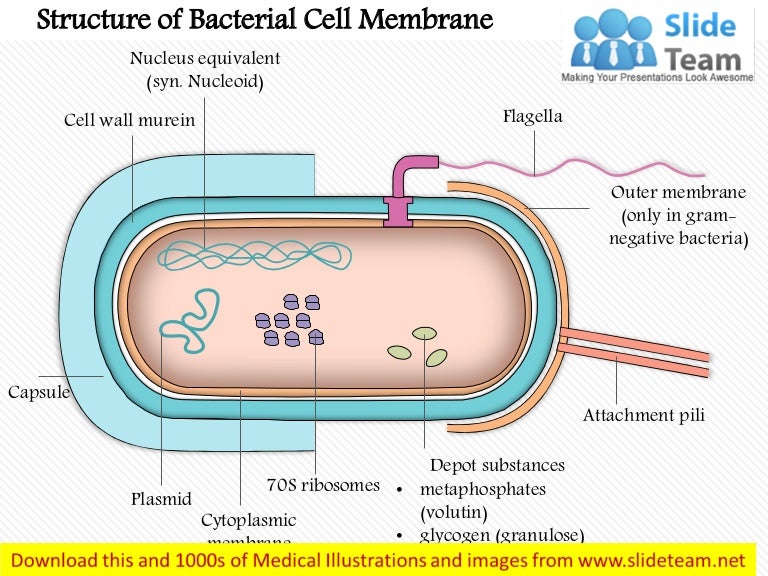
/cell-membrane--artwork-547999983-5a942e7a875db900363afbf1.jpg)

Though they cause the cell membrane to be permeable, they are very specific in which molecules are able to move. These membrane proteins allow certain molecules to exit and leave the cell. Active transport is done against the direction of the electrochemical gradient by breaking the phosphate bond of an ATP molecule. Pumps: Pump proteins use active transport to bring in molecules. The conformation change places the molecule on the opposite side of the membrane.ģ. The molecule is bound to the protein causing a conformation change. Carriers: Carrier proteins carry a molecule across the cell membrane. Specific ions are able to enter into the channel, allowing them passage into or out of the cell.Ģ. Channels: Channel proteins act as cylinders carved into the membrane. There are three classes of membrane proteins:ġ. Membrane proteins can aid in the crossing over of specific material across the cell membrane. In order for the molecules to pass through the membrane, there must be membrane proteins. Polar molecules must be able to pass through the membrane. There are also proteins in the membrane, let’s review that next. Cholesterol functions to moderate the fluidity of the membrane and stabilize it. Cholesterol molecules are amphipathic, meaning that they have both hydrophilic and hydrophobic regions. Because of this, polar molecules are not able to freely pass through the membrane this limits the traffic into and out of the cell and allows certain substances to cross more easily than others.Īdditionally, cholesterol is found in the cell membrane.

The cell membrane acts as a thin barrier, which separates the living cell from the aqueous environment. The phosphate heads are on the outside of the bilayer, leaving the fatty acids on the inside, away from all of the water. The phosphate head is hydrophilic meaning “water-loving,” while the fatty acid tail is hydrophobic “water-fearing.” Because of this, the phospholipids arrange themselves in a bilayer. Phospholipids are composed of a phosphate head and a fatty acid tail. The cell membrane is primarily made up of phospholipids. Finally, we will go over a question that you might see on your AP® Biology exam. After we understand its structure, we will be able to use that knowledge to understand its function in the cell. We will first go over the structure of the membrane. In this AP® Biology Crash Course Review, we will go over the important information that you need to know for the AP® exam about cell membranes. One of the organelles that you must know for the AP® Bio exam is the cell membrane. Cells have many organelles to memorize and understand. In AP® Biology, there is a lot of information about cells.


 0 kommentar(er)
0 kommentar(er)
